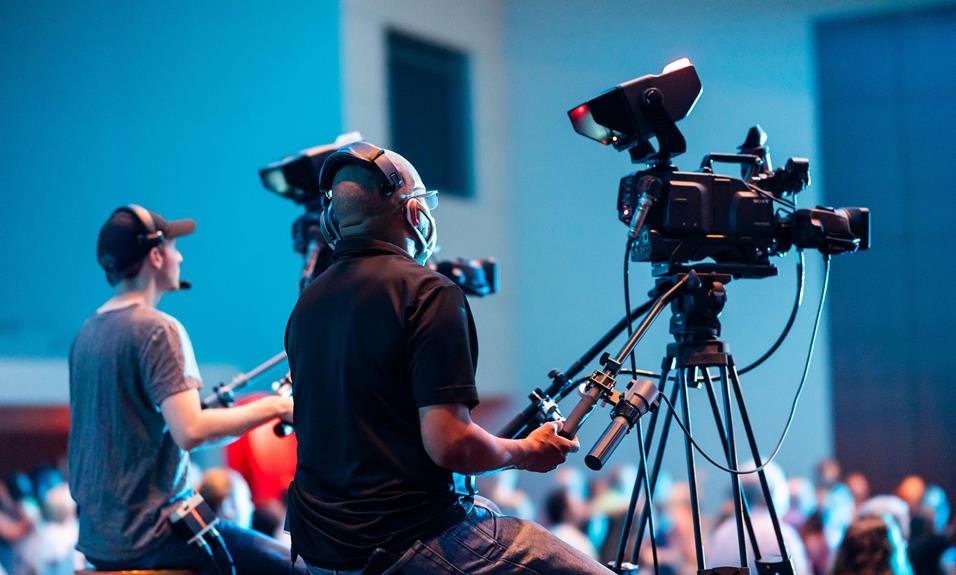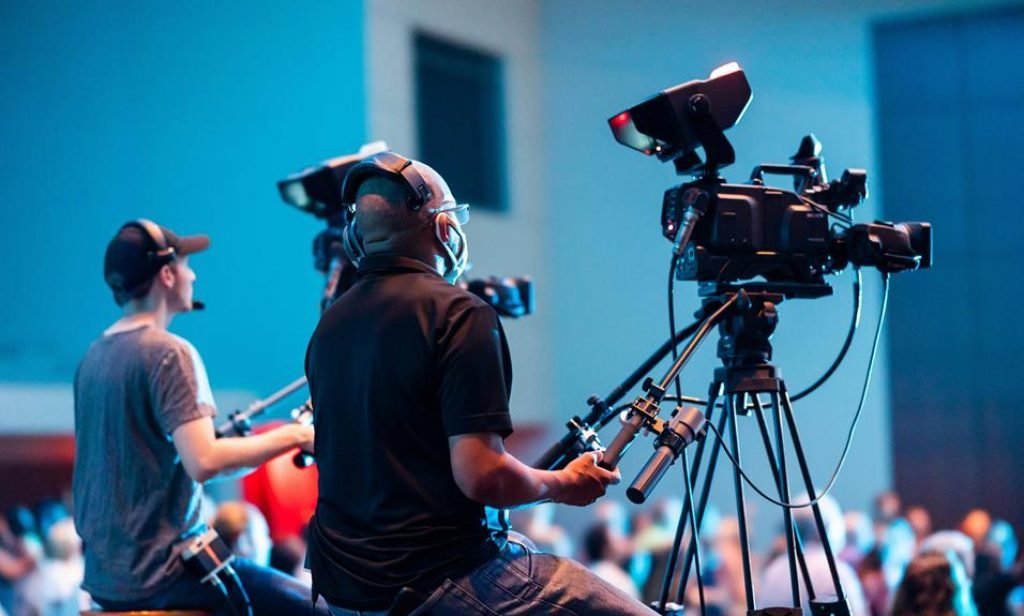

When it comes to video recording, have you ever wondered how mirrorless cameras manage to capture such high-quality footage? The technology packed into these compact devices is quite impressive, offering features like advanced autofocus systems and image stabilization to ensure your videos are smooth and professional-looking. But that's just the tip of the iceberg. There's more to explore in how mirrorless cameras handle video recording, so let's dive deeper into this fascinating realm of visual storytelling.
Video Resolutions and Frame Rates
When choosing a mirrorless camera for video recording, consider the available video resolutions and frame rates to ensure they meet your specific needs. The video resolution determines the quality of the footage, with higher resolutions like 4K providing sharper and more detailed videos. If you plan on shooting professional-quality videos or need the flexibility to crop and edit footage without losing clarity, opt for a camera that supports at least 4K resolution.
Frame rates are equally important as they impact the smoothness of motion in your videos. Standard frame rates are 24, 30, and 60 frames per second (fps). A higher frame rate, such as 60fps, can deliver smoother videos, which is ideal for capturing fast-paced action or achieving a more cinematic look. Consider your intended use for the videos when selecting a frame rate that suits your needs.
Autofocus Performance
For optimal video recording results with a mirrorless camera, prioritize assessing the autofocus performance capabilities. Autofocus is crucial for maintaining sharpness and clarity in your videos. Mirrorless cameras offer various autofocus systems, such as contrast-detection, phase-detection, or hybrid systems, each with its strengths. Contrast-detection focuses by analyzing the contrast in the scene, while phase-detection is faster and ideal for tracking moving subjects. Hybrid systems combine both methods for improved accuracy.
Additionally, consider the autofocus speed and accuracy. Look for cameras with fast and reliable autofocus systems to ensure smooth and seamless transitions between subjects. Some mirrorless cameras also offer eye-tracking autofocus, which is beneficial for keeping a subject's eyes sharp and in focus during video recording.
Furthermore, test the autofocus performance in different lighting conditions to gauge its effectiveness. Low-light situations can challenge autofocus systems, so choose a camera with good low-light performance for consistent focus. By understanding and utilizing the autofocus capabilities of your mirrorless camera, you can enhance the quality of your video recordings significantly.
Image Stabilization Technology
Consider the effectiveness of image stabilization technology in mirrorless cameras to enhance the quality of your video recordings. Image stabilization plays a crucial role in reducing shaky footage by compensating for camera movements, resulting in smoother and more professional-looking videos. With the advancements in technology, many mirrorless cameras now offer in-body image stabilization (IBIS) or lens-based stabilization systems to cater to different needs.
IBIS works by shifting the camera's sensor to counteract motion, allowing you to capture steady shots even in challenging conditions such as low light or while moving. On the other hand, lens-based stabilization relies on the lens elements to stabilize the image. Some cameras even combine both IBIS and lens stabilization for optimal results.
Having reliable image stabilization is particularly beneficial when recording handheld videos or capturing fast-moving subjects. It helps minimize blur and ensures that your footage remains sharp and steady, enhancing the overall quality of your video recordings. When choosing a mirrorless camera for video recording, consider the effectiveness of its image stabilization technology to achieve professional-looking results.
Audio Recording Capabilities
Enhance your video recordings with high-quality audio by exploring the audio recording capabilities of mirrorless cameras. These cameras often come equipped with built-in stereo microphones that capture clear sound directly from the source. The microphone placement on mirrorless cameras is designed to reduce unwanted noise and produce professional-grade audio for your videos.
If you require even better sound quality, many mirrorless cameras offer the option to connect external microphones. This flexibility allows you to choose from a wide range of microphones based on your recording needs, whether it's a shotgun microphone for directional audio or a lavalier microphone for interviews and vlogs.
Some mirrorless cameras also feature advanced audio controls such as manual gain adjustments, wind noise reduction, and audio level monitoring. These features give you more control over the audio recording process, ensuring that your videos have crystal-clear sound.
When selecting a mirrorless camera for video recording, consider the audio recording capabilities alongside other features to create professional-looking videos with exceptional sound quality.




